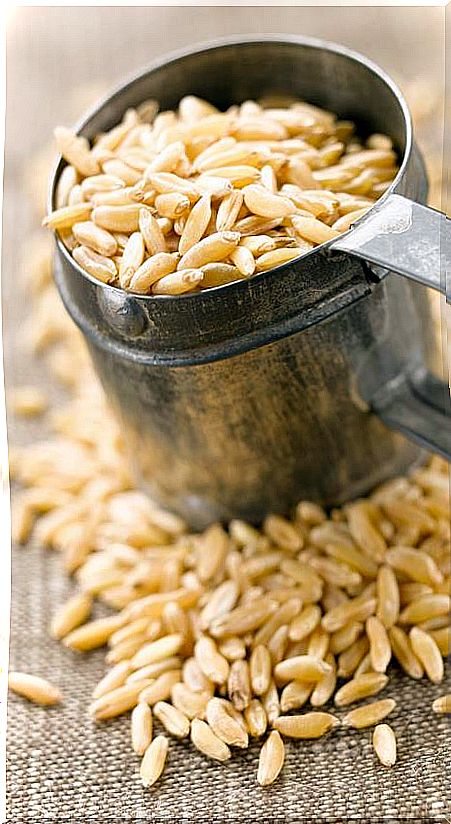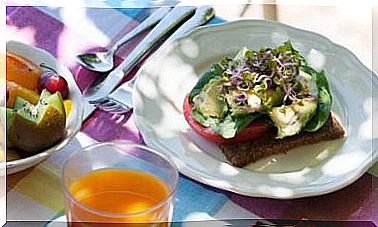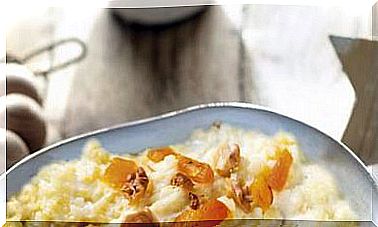5 Ideas To Enjoy Kamut
It is an ancient cereal that has hardly undergone manipulation over the centuries. It contains more antioxidants, anti-inflammatory substances, minerals and vitamins than traditional cereals.

Kamut is a very old variety of durum wheat with very interesting properties in the kitchen. As it is a cereal very resistant to pests, its organic cultivation, without pesticides, is much easier.
The content of kamut wheat in proteins, minerals, vitamins, lipids and amino acids is higher than that of common wheat, making it a very nutritious substitute .
5 applications of kamut in the kitchen
We propose 5 options for cooking kamut :
1. As a thickener in broths and creams
With kamut flour, broths or creams are thickened, and it has an ideal hardness and elasticity for making and cooking all kinds of pasta.
2. To use in pastry
Kamut provides excellent quality bread, but if you want to make bread or an extremely fluffy pastry recipe, your flour must be mixed with others to achieve that maximum degree of fluffiness.
3. I eat muesli for breakfast
Kamut’s sweet, buttery flavor makes it ideal for breakfast muesli. Now it can be obtained in the form of flakes, much faster to cook.
Its delicious milk, nutritious and sweet, can be a culinary substitute for cow’s milk or other vegetables.
4. How sprouted
Kamut can be germinated and has a good presence in salads.
5. In semolina
Kamut semolina, which is cooked like couscous, can be used to make tabouleh, with bell pepper, parsley and spearmint.
How to cook kamut correctly?
Kamut grains are large and cook practically like rice. Follow the next steps:
- Being denser than common wheat, it is advisable to soak them for two or three hours before cooking ; in this way the cooking time is considerably reduced and they preserve their flavor better.
- Then drain well.
- They are introduced into a casserole with a lid, in a ratio of two cups of water to one of kamut.
- Put it first over high heat, with the casserole well covered.
- When we see that it starts to boil, the flame is lowered to medium heat.
- Let it cook until it has absorbed the water, and it is removed from the heat to rest for a few more minutes before serving.
- It can be seasoned with a bay leaf, garlic, fresh shitakes or a little thyme.









